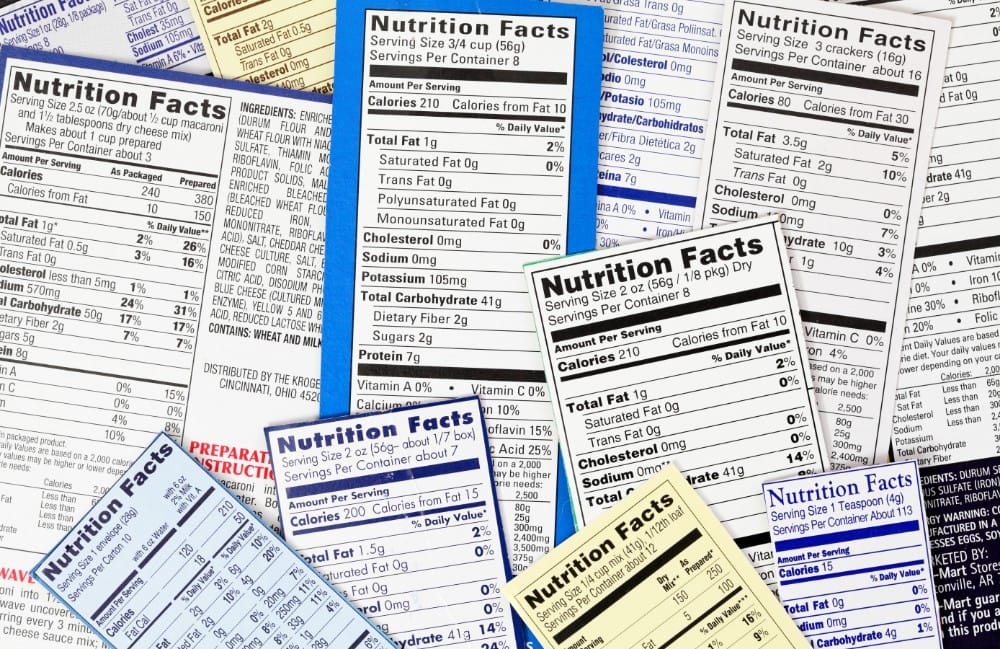
Why Nutrition Labels Can Help You Stay Healthy
The nutrition label is something people rarely focus on when buying food. It’s on the back or side of packaging for a reason. Marketers don’t want you to always see what’s in the food they put out there. The problem becomes, in recovery, that nutrition is key to your becoming a healed person. Everything from portion size to how much added sugar should be in your diet can make a difference in how you meet your health goals. Find out why nutrition labels are key to staying healthy and how to navigate understanding them.
Serving Size
When you read a package, you will see the serving size listed on the label. It is the portion of the product inside that carries the amount of nutrients in the list. If you look carefully, it will note how many servings per container there are, and how many servings in a portion. For instance, if you bought a package of Oreo cookies, it will tell you there are ‘x’ number of cookies in one serving. If you ate ‘x’ number, you just had one serving. Then you can look to see how much sugar, sodium, and other stuff is in that one serving. You might be surprised to find how many calories and sugar exist in just one serving of the food you eat every day. If you ate double, or triple, that amount, you just doubled and tripled how much you ate and possibly are throwing your whole health plan out of whack just with this one snack.
Know Your Fiber
Most people know fiber is key to health but don’t always get enough. Fiber content is key to keeping regular bowel movements, avoiding intestinal issues, and keeping down inflammation. You should get at least 5 grams per serving in your food. If you check the labels, it will tell you how much you are getting, but you also want healthy fiber. This usually comes from fruits and veggies (not crackers and snack foods).
Added Sugars
Nothing derails recovery more than putting more sugar into your diet. Before you dive in, first look at the difference between total sugars and added sugars. Total sugars are the total amount of sugar in a product. Added sugars refer to how much has been added in processing, including:
- Honey
- Syrup
- Vegetable juices
- High-fructose corn syrup
Added sugars should make up no more than 10 percent of daily calories. If you watch for added sugars, you can likely avoid this issue. You just need to watch carefully and figure out how to navigate this challenge by being mindful of what you eat. It is also about making sure you eat the right kinds of foods that help your specific situation. With enough nutrients, you can find healing for your body, mind, and spirit in recovery.
The Palmetto Center is based on a Therapeutic Community model. We help people learn how to live free of addiction. Our community support provides structure while trained counselors offer life skills training and therapeutic techniques to help you move past addiction. Our program provides special focus for professionals including chiropractors, nurses, doctors, lawyers, and more who need help with addiction recovery. Call us to find out more: 866-848-3001.